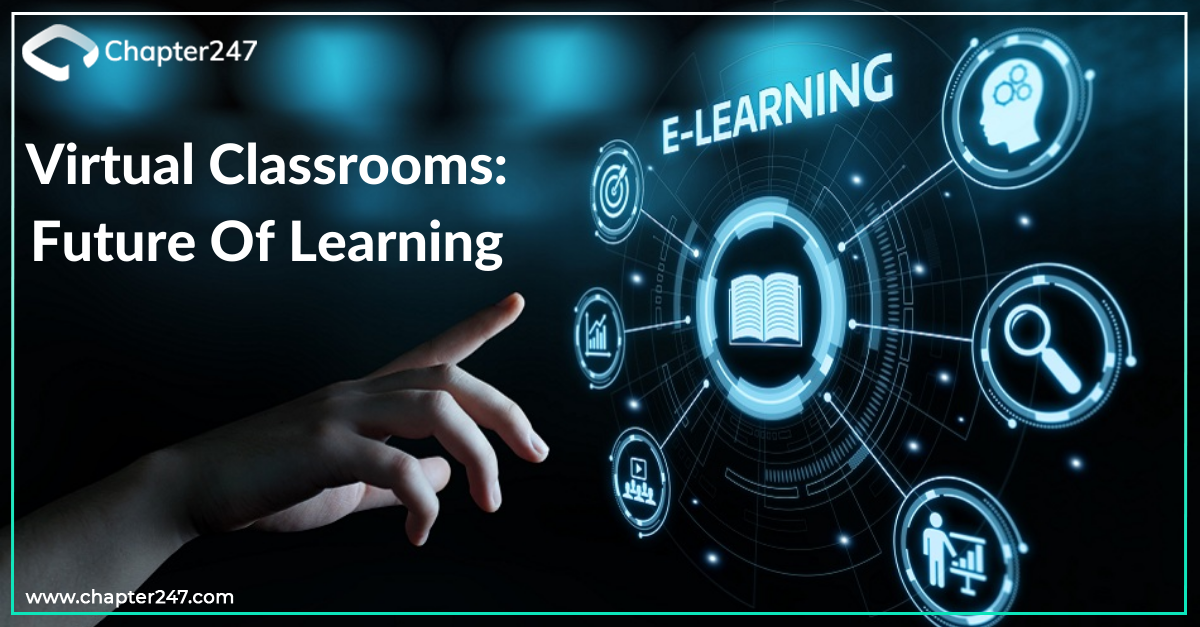Viva Resa: Your Gateway to Insightful Living
Discover news, trends, and tips for a vibrant lifestyle.
Classroom or Cyberspace: Where's the Teacher?
Explore the future of education! Is the teacher better in the classroom or cyberspace? Discover insights that will challenge your perspective!
The Evolving Role of Teachers in Digital Learning Environments
The role of teachers has undergone a significant transformation in digital learning environments, shifting from traditional knowledge dispensers to facilitators of learning. As technology continues to evolve, educators are now embracing new tools and methodologies that enhance their teaching effectiveness. The integration of learning management systems, collaborative platforms, and digital resources allows teachers to create personalized learning experiences for their students, catering to diverse learning styles and paces. In this context, teachers must also become adept at using technology to connect with students, building engaging and interactive lessons that promote active participation.
Furthermore, digital learning environments have necessitated a shift in teachers' roles in assessing student progress. Traditional assessment methods are being replaced by ongoing digital assessments, which provide real-time feedback that can help educators tailor their instructional strategies. This continuous feedback loop empowers students to take ownership of their learning journey and encourages self-directed learning. As guides in this new educational landscape, teachers are not just imparting knowledge; they are fostering critical thinking, collaboration, and problem-solving skills essential for success in an increasingly digital world.

Navigating the Transition: From Traditional Classrooms to Online Spaces
The transition from traditional classrooms to online spaces represents a significant shift in educational paradigms. It necessitates not just a change in physical location but also a rethinking of pedagogical approaches. Educators must become adept at utilizing digital tools and platforms to foster engagement and ensure that learning outcomes are met. A successful transition involves understanding the unique challenges and opportunities presented by online learning, such as the need for self-discipline among students and the importance of interactive, multimedia content to keep learners motivated.
To navigate this transition effectively, educators can adopt several strategies:
- Embrace Flexibility: Online learning often allows for a more flexible schedule, so adapting lesson plans to accommodate different learning paces is crucial.
- Enhance Communication: Utilize various communication tools to maintain open lines with students, ensuring they feel supported despite the physical distance.
- Leverage Technology: Use educational platforms and applications to create immersive learning experiences, making lessons more engaging and accessible.
Where's the Teacher? Understanding Teacher Presence in Classroom versus Cyberspace
Teacher presence plays a crucial role in both traditional and online learning environments, but its manifestation can vary significantly. In a physical classroom, the teacher's presence is tangible, characterized by body language, vocal tone, and direct interactions. Students can observe their teacher's expressions and engage in spontaneous discussions, fostering a sense of community and structure. This direct engagement helps to build relationships, encourage participation, and create a supportive atmosphere conducive to learning.
Conversely, in the realm of cyberspace, teacher presence relies heavily on digital communication tools. Here, the teacher's role shifts from a visible authority figure to a facilitator of learning, often utilizing discussion boards, video conferences, and other online resources to maintain engagement. While virtual classrooms can replicate some elements of physical presence, they also pose challenges such as delayed responses and a lack of immediate feedback. Therefore, understanding how to cultivate a sense of presence online is essential for educators aiming to create an effective and motivating learning environment.